
views
- Perform a scratch test. Scrape your gem against corundum and if it makes a scratch, you've got a real diamond on your hands.
- Diamonds have a density of 3.5 - 3.53 g/cm3, which you can test by dividing the weight of the stone by the weight of the stone suspended in water.
- Or, take your gem into a professional. A jeweler will know for certain whether or not your gem is a diamond!
Performing Simple Tests at Home
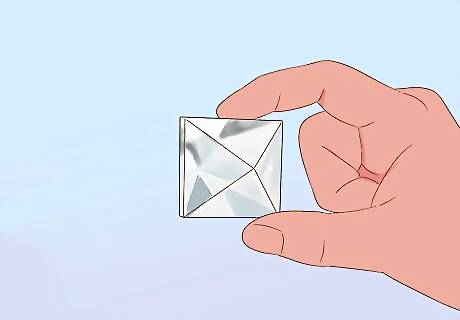
Look down at the top of the crystal and count the sides. Diamonds are cubic, while other similar stones like quartz are hexagonal. Look down at the point of the crystal and count the number of sides. If there are 4 sides, there’s a possibility the crystal is a diamond. If there are 6 sides, it means that it’s likely a quartz crystal. The visual test is a quick way to rule out other gemstones but is not a definitive test. If you see 4 sides in the crystal, use additional methods to verify that it is, in fact, a diamond.
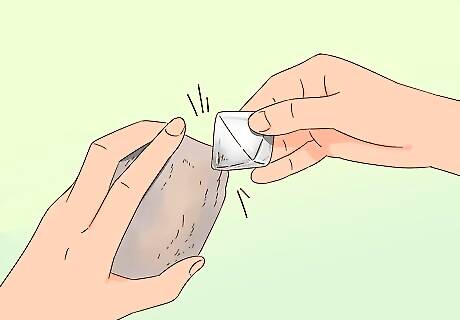
Scrape the crystal against a piece of corundum. Corundum is another kind of crystal that's slightly less hard than a diamond. Purchase a cheap piece of corundum or buy a mineral testing kit that includes corundum. Hold the corundum firmly against a table and scrape the suspected diamond against the corundum. If it creates a visible scratch, the crystal is a diamond. If it doesn’t create a scratch, then it is a different mineral. The Mohs Hardness Scale scientifically rates crystals by hardness. Diamonds are a 10 on the scale while corundum is rated a 9. This is why it creates a scratch when you rub the two crystals together.

Use a diamond tester instead of using a scratch test. You can purchase a diamond tester online. Check the device to see if it has a full battery by making sure that the green light is on. Then, press the tip of the tester against the suspected diamond. If it makes a noise and lights up, the mineral is a diamond. If it doesn’t, then it is a different kind of gemstone. Diamond testers use thermal and electric conductivity to determine whether your gemstone is a diamond. Cheaper diamond testing devices may not be as accurate as more expensive models. Read customer reviews before you make your purchase.
Performing a Specific Gravity Test
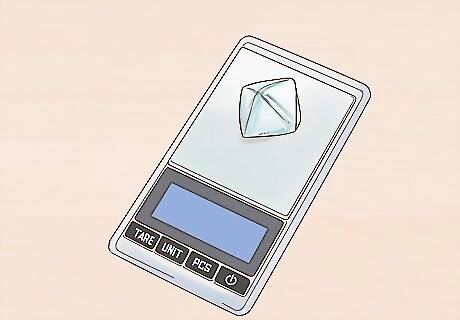
Weigh the crystal on an electric scale and record the weight. You can purchase an electric scale online. Place the stone on the top of your scale and record the weight on a piece of paper. Some electric scales are more accurate than others. Find one that goes at least 2-3 decimal places after the whole number.

Fill up a cup with water and zero the scale. Take a paper or plastic cup and fill it up with enough water to fully submerge your crystal. Then, place the cup with the water on the scale and hit “tare” to zero it out. Zeroing out the scale will enable you to determine the specific gravity of the diamond without including the weight of the cup and water. If you don’t have a plastic cup, you can also use lightweight Tupperware or plastic bowl. Make sure that the container doesn’t hang off the edges of the scale.
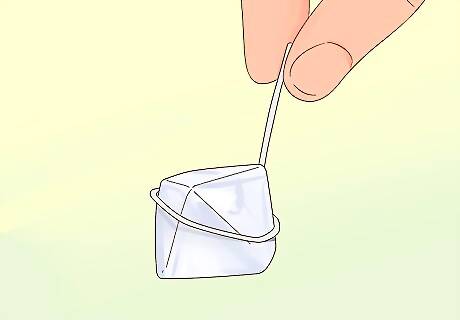
Wrap a paper clip around the crystal so you can hold it in the air. To determine the stone's specific gravity, it must be suspended in the water without sinking to the bottom or touching the sides of the cup. Completely unbend a paper clip, then wrap one end tightly around the widest part of the stone. Suspend the stone by picking up the other end of the paper clip.

Submerge the entire crystal in the water and record the weight. Hold onto the end of the paper clip and dip the crystal into the cup of water, making sure not to hit the sides or the bottom of the cup. Record the weight on the same piece of paper that you used to record the stone's weight. If you hit the bottom or sides of the cup, the scale will give you an inaccurate reading. The weight of the tip of the paperclip is negligible.

Divide the weight of the crystal by the weight of the crystal in water. If you divide the weight of the gem with the weight of the suspended gem in water, you’ll get the gem’s density. Diamonds have a density of 3.5 - 3.53 g/cm3. If the results are less than this number, you have a different gemstone. If the number is close to this figure, there’s a good chance your stone is a diamond. For example, if your stone weighed 12.6 g (0.44 oz) and the weight of the suspended gem was 4.8 g (0.17 oz) you’d get 2.625, which would be the approximate density of quartz, not diamonds.
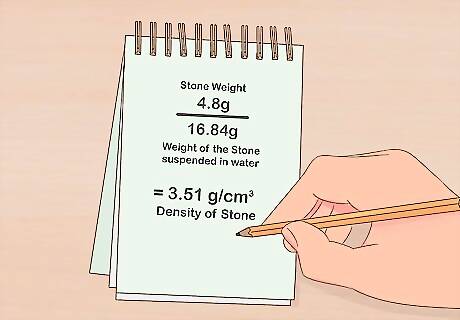
Determine whether the specific gravity falls in the 3.5 - 3.53 g/cm3 range. You may have a diamond if your equation gives you a number within the range of 3.5 - 3.53g/cm3. For example, if your stone weighs 16.84 g (0.594 oz) and the weight of the stone suspended in water is 4.8 g (0.17 oz), you would calculate 16.84 g (0.594 oz) / 4.8 g (0.17 oz)=3.51 g/cm3. This would verify that the density of the stone you have matches the density of diamonds. If you determine that you do have a diamond, you can get it appraised by a professional jeweler.
Doing More Advanced Tests
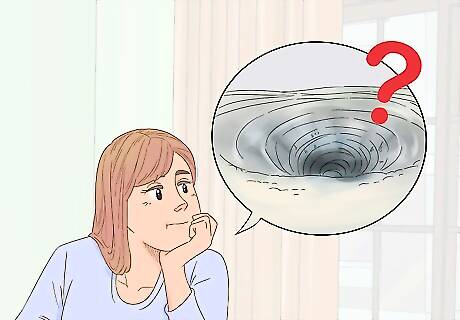
Determine whether the diamond was found near kimberlite pipes. Kimberlite pipes are igneous stones, or stones that formed from molten magma, and can found under the surface of the soil. Naturally occurring diamonds are mostly found in these kimberlite pipe deposits. If your crystal was originally sourced from a kimberlite pipe, there's a greater likelihood that it is a diamond rather than another stone. EXPERT TIP Kennon Young Kennon Young Master Gemologist Appraiser Kennon Young is a Master Gemologist Appraiser and the Owner of Vermont Gemological Laboratory in Burlington, Vermont. With over 20 years of experience in the industry, Kennon and his team specialize in handmade engagement rings, wedding bands, and custom jewelry. He attended the Revere Academy of Jewelry Arts, the Gemological Institute of America, and the Rhode Island School of Design Extension. He is a Jewelers of America (JA) Certified Bench Jeweler Technician and received the highest credential in the jewelry appraisal industry, the ASA Master Gemologist Appraiser, in 2016. Kennon Young Kennon Young Master Gemologist Appraiser The diamonds may also be found in water. Diamonds are found in cratons in the ground, which are the oldest parts of the Earth's crust. They can also come up from the cratons and travel down streams, so they may either be found in the streams or in the ocean at the end of the stream.

Use a microscope or 10x loupe to examine the stone closer. A loupe is a special magnifying glass that jewelers use. Put the diamond under the loupe or microscope and look for rounded edges that have tiny indented triangles. Cubic diamonds, on the other hand, will have parallelograms or rotated squares. A real raw diamond should also appear like it has a coat of vaseline over it. Cut diamonds will have sharp edges.

Take the diamond to a professional for evaluation if you’re still unsure. If you performed the tests and suspect that you have a diamond, take it to get graded and verified by a professional jeweler to ensure its authenticity. They can also obtain a letter of authenticity and specific report number through GIA or another diamond grading organization. Getting your crystal professionally evaluated is the most definitive way to determine whether it is a diamond.










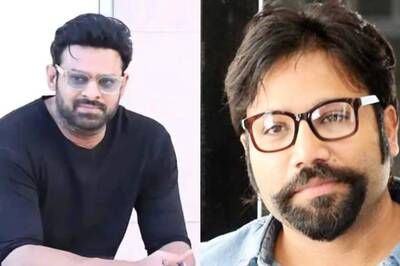

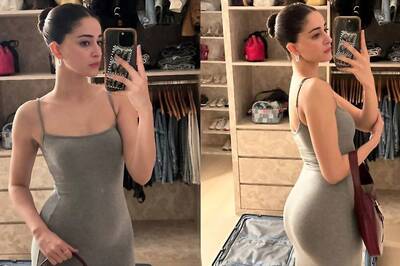


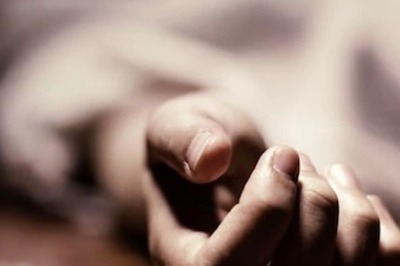




Comments
0 comment